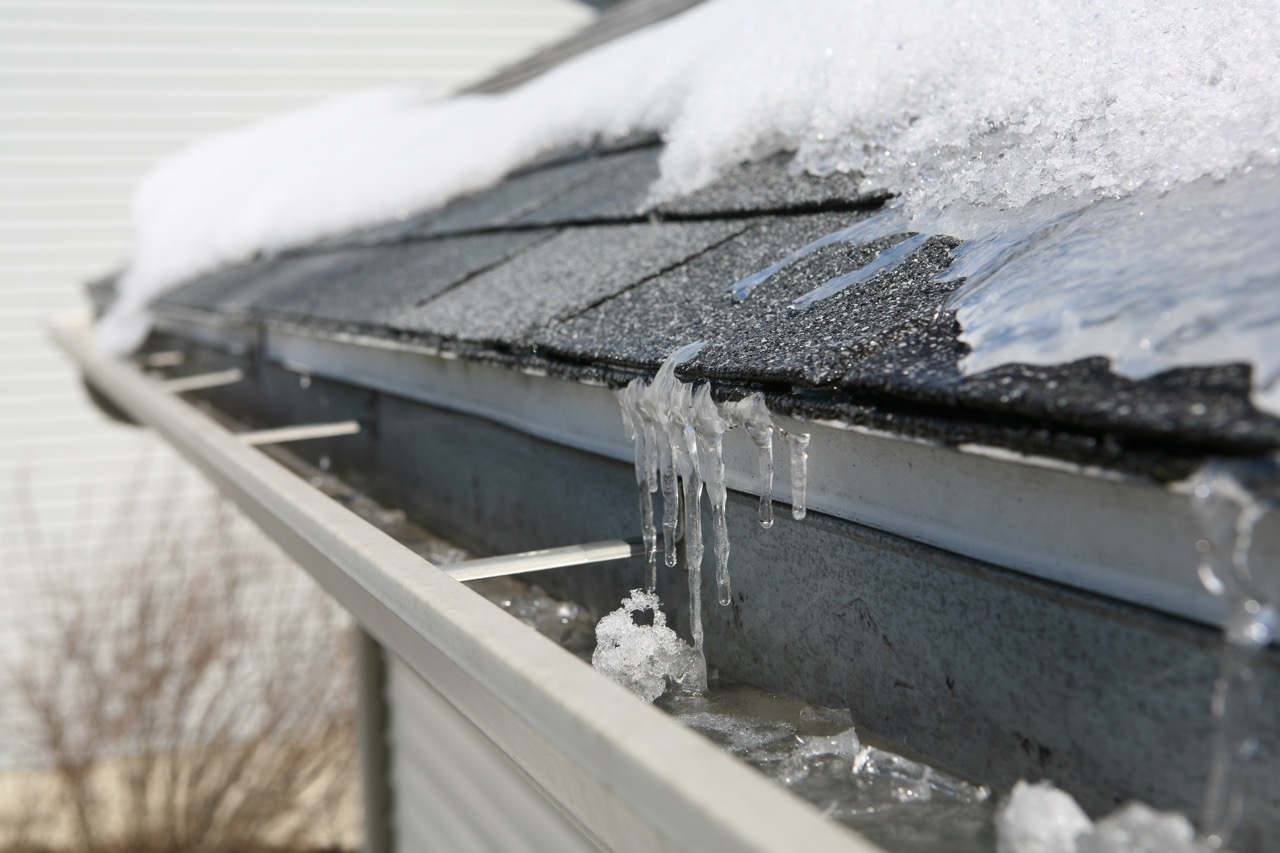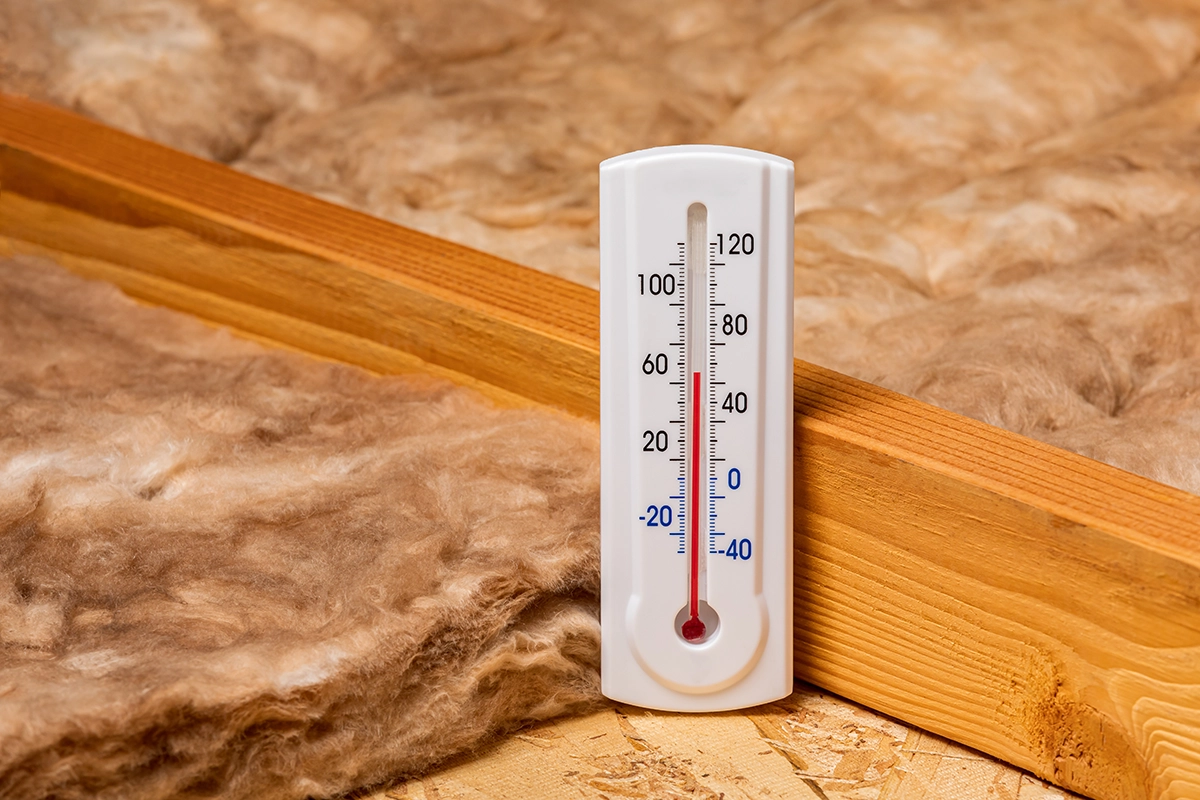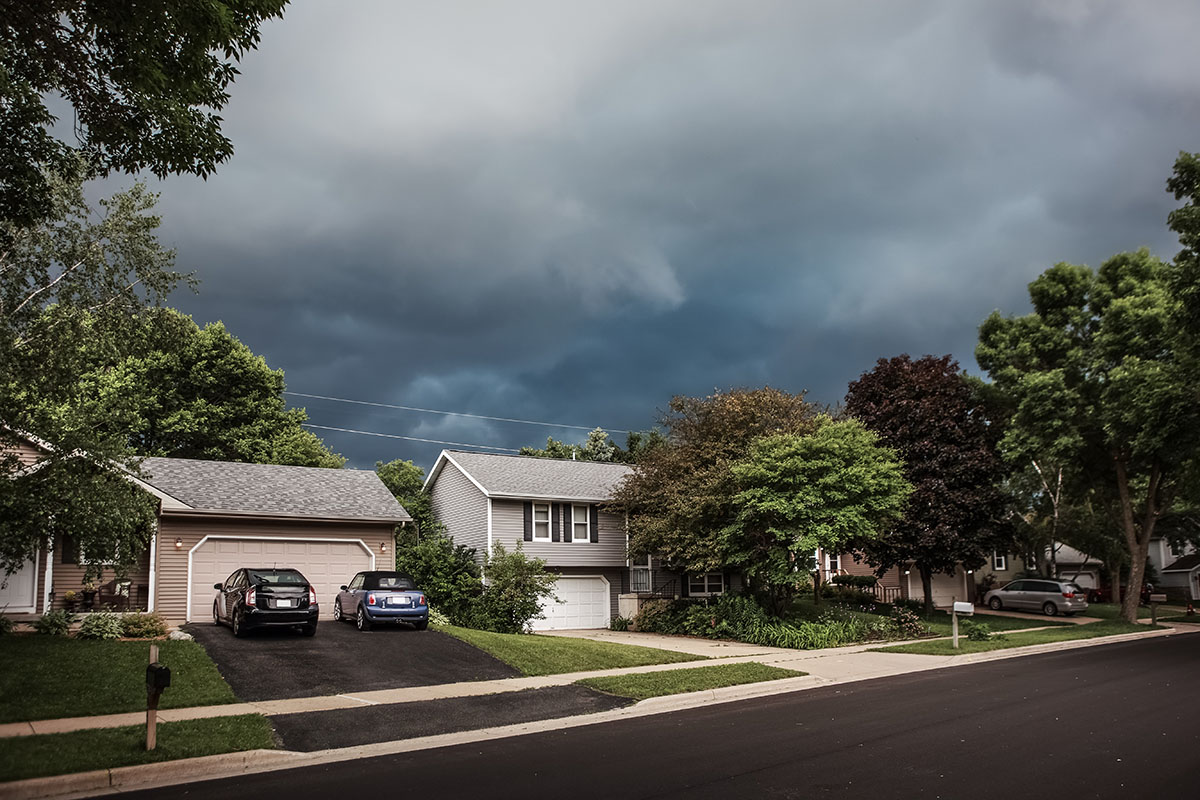Summary
When you think of a drainage system, the first thing you will most likely imagine are the pipes underneath your sink and toilet. While these are indeed components of a drainage system, there’s a bunch of others that are worth recognizing as well. After all, without them, your home will suffer from poor sanitation.

Most components of the drainage system are hidden within the walls and floors, while others are in plain sight. Some are even found in the most unlikely of places, such as the roof. Yes, there’s a drainage system above your head, and it’s called the gutter. It has the same function as the drainage system, except it deals with rain and snowmelt, not the fluids produced inside the house.
The Dangers of Clogged Gutter
We all know what clogs do—water damage. As to what kind of water damage and to what extent, it depends on the clog’s location. If the clog is in the gutter, the damage can be more severe than the clog in your toilet or sink. It may seem small when you don’t see how the damage takes shape but it can actually affect even the stability of your home. Here are some of the common effects of a clogged gutter.
- Roof Damage
- – When water is trapped in the gutter, it can overflow and back up into the roof. If neglected, roofing materials drenched with water will start deteriorating until the damage becomes irreversible. The rafters and purlins, which are usually made of wood, are the most vulnerable.
- Wall Damage
- – Overflow along the gutter may spill and drip on the wall. This not only leaves stains but also cause damage to the material that make up the wall. Especially if you don’t have siding installed by a trusted company like Muller Exteriors, the damage to your home’s exterior walls can be far more severe.
- Foundation Damage
- – If the leak reaches the ground through the wall, it will weaken the soil that holds your house’s foundation, compromising the stability of your building. This is why homes with no gutter system must have a roof extending at least a couple of feet from the wall.
Parts of the Gutter
Unfortunately, like the main drainage system, the gutter can be clogged, too. Even though it isn’t directly connected to the main drainage system, the mayhem that follows its clogging can be serious. But before you concentrate on the clog, it helps to learn about the different parts of the gutter first so you can easily identify possible causes of the clog and eventually find out how to fix it.
- Roof
- – Technically, the roof is a separate structure but because of its role in conveying runoff toward the gutter, it can also be considered as part of the whole drainage system. With enough slope, it can efficiently take water down the gutter, down the leader, and into the catch basin where it is filtered and led down the sewer.
- Gutter
- – This is the main component of the gutter system, hence its name. Its function is to collect water flowing from the roof. It can be made of a variety of materials, including vinyl, aluminum, and galvanized steel.
- Slip Connector
- – Gutter comes in panels of standard length. When more than one piece is needed along a span, they are connected to each other by a slip connector.
- End Cap
- – While the gutter looks perfectly horizontal from the outside, it is actually slightly inclined to allow for drainage. It only looks that way because gutters are usually covered by a parapet or fascia board. With this design, it means only one end of the gutter needs to be connected to the downspout. The other end has to be closed with an end cap to prevent water from spilling over the other side.
- Downspout
- – The water that the gutter catches must be properly conveyed to the ground to prevent causing damage on the walls and windows of your house. That task is delegated to the downspout, a vertical tube that runs along the side of the house and ends a few inches from the ground, usually above the catch basin.
- Catch Basin
- – Like the main drainage system, the gutter has its own catch basin. This component serves as filter to prevent large debris from clogging the sewer line.
Finding and Cleaning the Clog
The clog can be anywhere in the gutter system, but it’s quite easy to find since there are only a few places where it can form. Usually the clog takes place along the gutter or the downspout. The catch basin may become a source of clog but often only to the sewer, not to the gutter system.
The causes of clog are also foreseeable. Leaves and stems falling from nearby trees, granules receding from the shingles, and possibly animal droppings. It’s very rare for foreign objects such as plastic and fabric to end up in the gutter, so it’s quite easy to tell what’s causing the clog.
There’s only one way to find out what’s clogging your gutter—full inspection. This can be a little risky because it’s a high work requiring a ladder, but you have to do it anyway because the clog can’t be removed from below. If you are unsure about going up on the roof and unaware of the best way to unclog gutters, it’s advisable to leave the job to the experts.
Cleaning the gutter requires simple tools. A leaves scooper, a garden hose, and an auger may be all you will need. In case the clog is caused by a rather unusual material, special equipment may be necessary. The goal, is to remove the clog without damaging the gutter. Be careful when leaning the ladder against the gutter because too much weight can damage it, especially if it’s made of vinyl, the least durable among the available materials.
Professionals know the quickest and most effective ways to clean gutters. They can even inspect your roof for other damage and make the best recommendations. If they agree, they can repair all damage they can find on the spot for a minimal fee. In the future, you can rely on them to maintain your roof to delay its deterioration.
Another thing a professional roofer can do for you that even your handyman neighbor cannot is to install a gutter guard. This is a screen that prevents large debris from entering and collecting in your gutter. This screen can stretch across the gutter as well as the entrance to the downspout. After this installation, you can sleep well without worrying about your gutter getting stuffed with debris. All you need to do to maintain the performance and longevity of your gutter system is to clean the gutter guard on a regular basis.
Of course, you can install the gutter guard yourself. There’s a DIY even to that kind of project. However, don’t expect to do a great job just by following DIY gutter cleaning tips. Hiring a professional to do it would pay off a huge deal in the end. And, they know where to get the highest quality materials. The last thing you want is to see your gutter starting to fall apart just because the gutter guard wasn’t installed properly or is made of poor materials.







